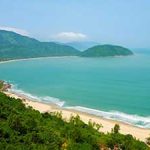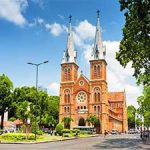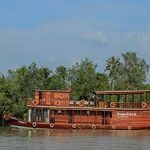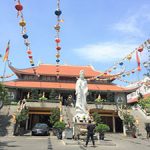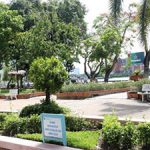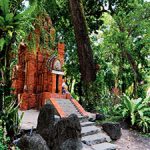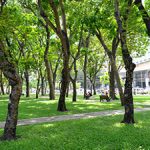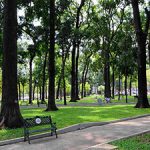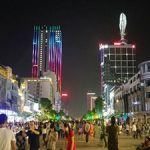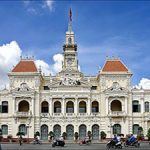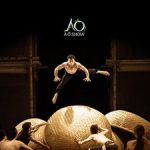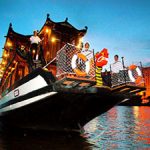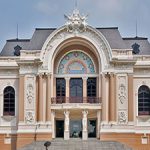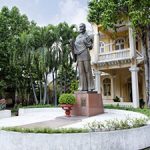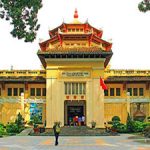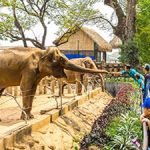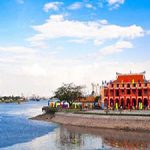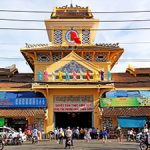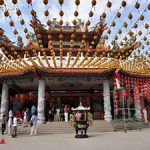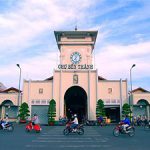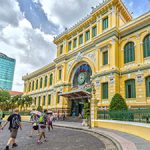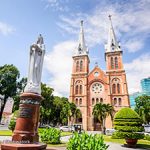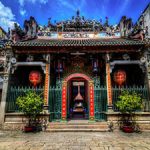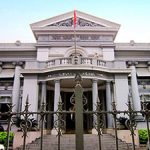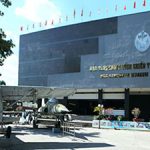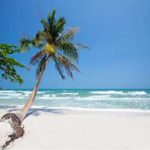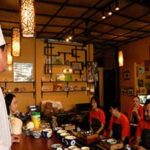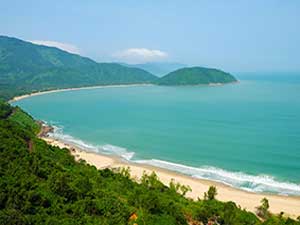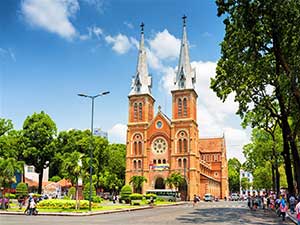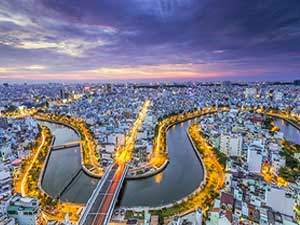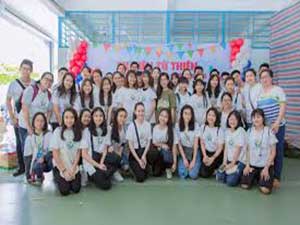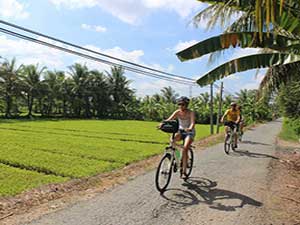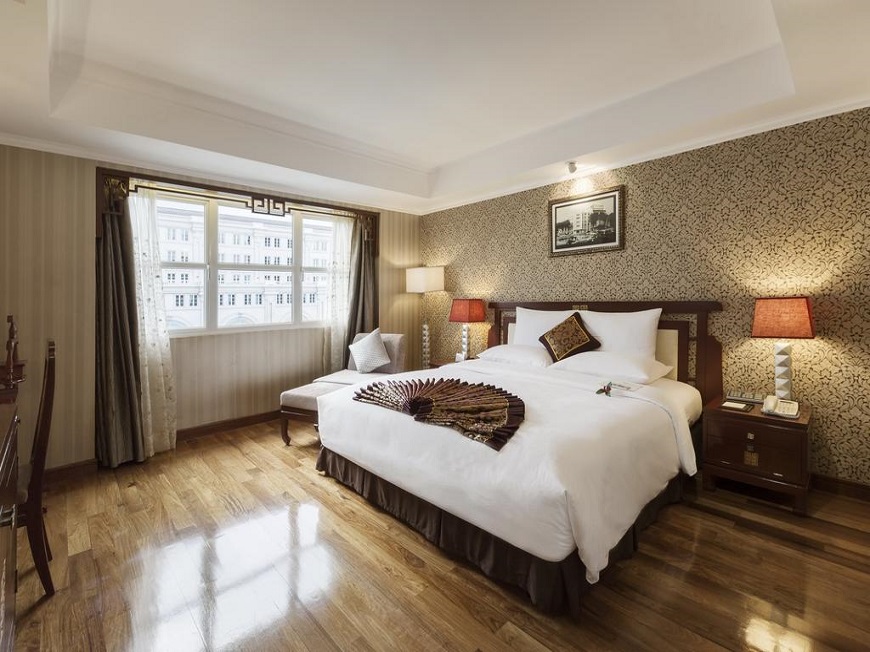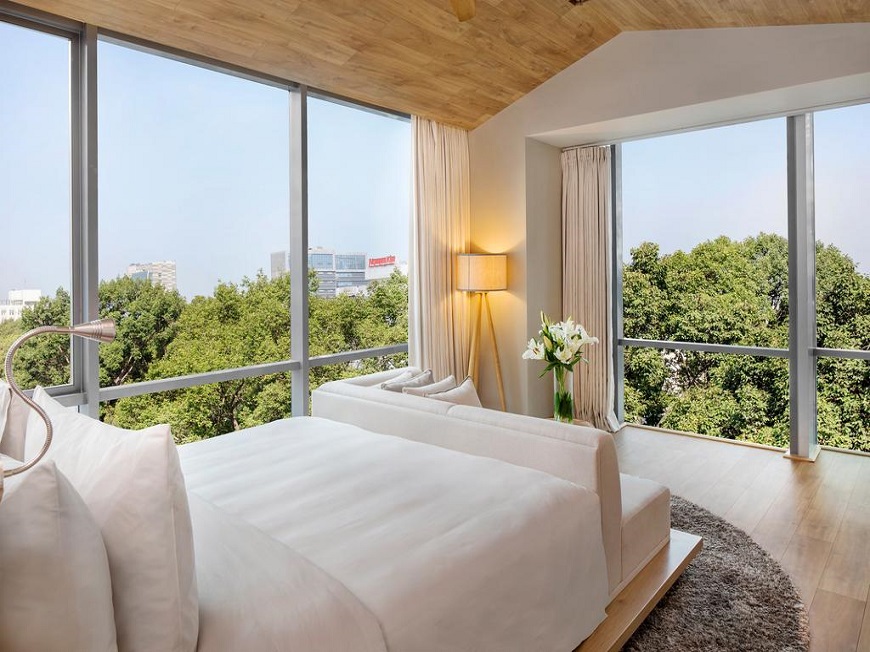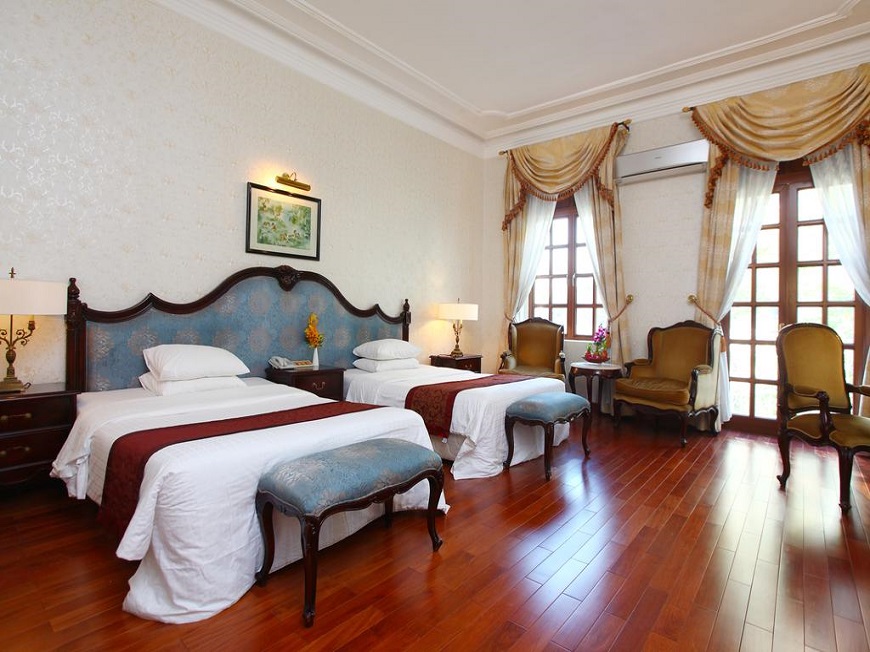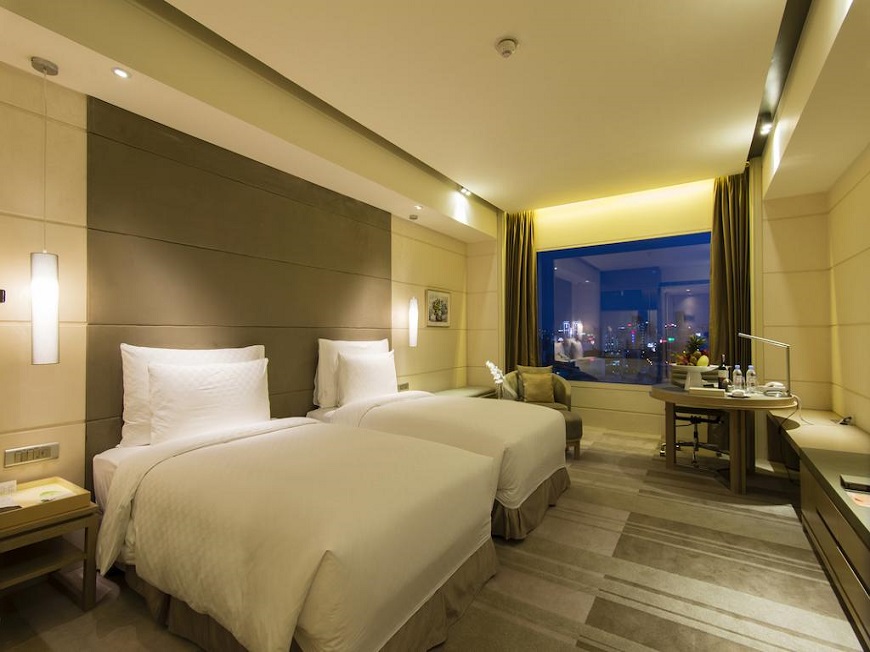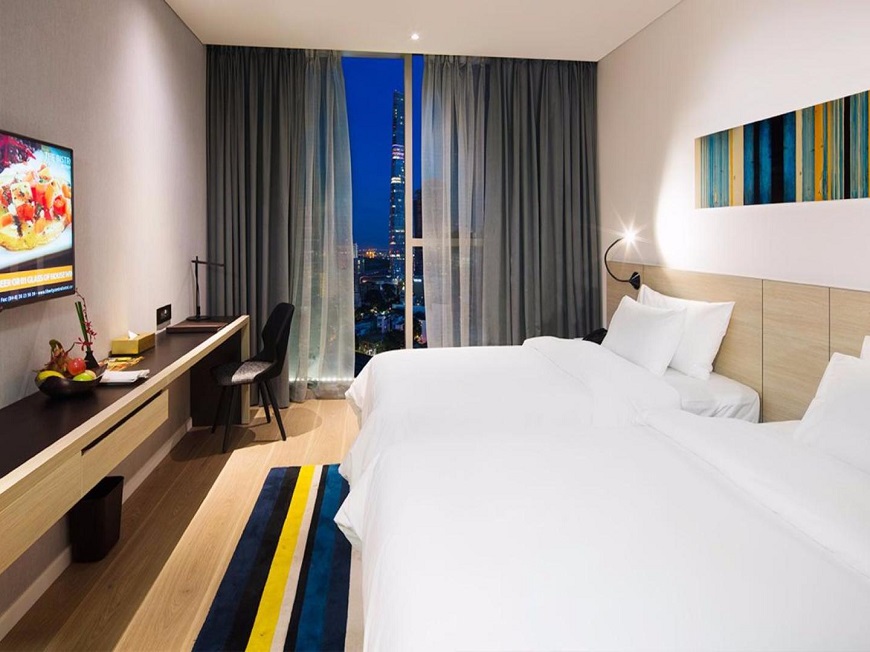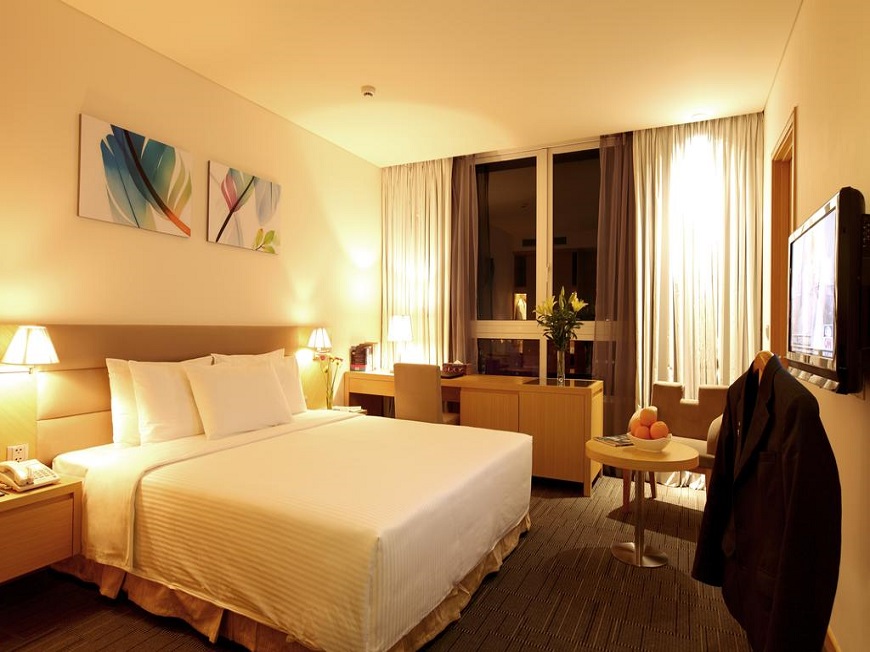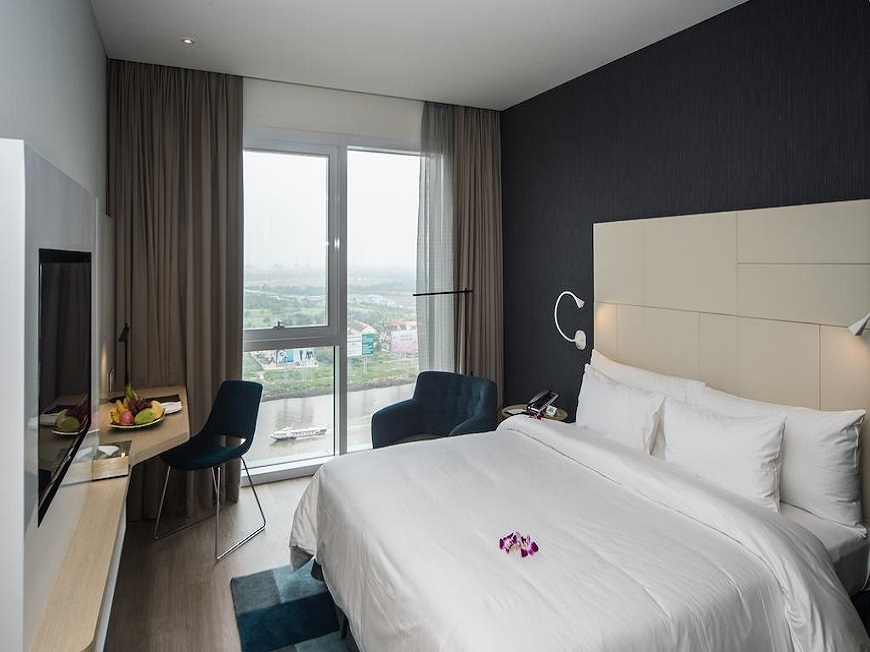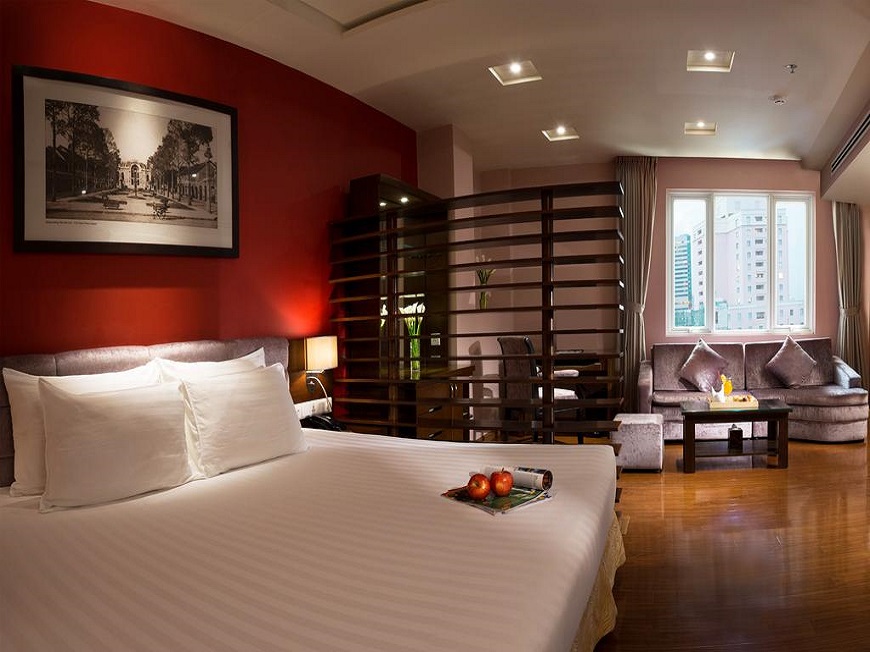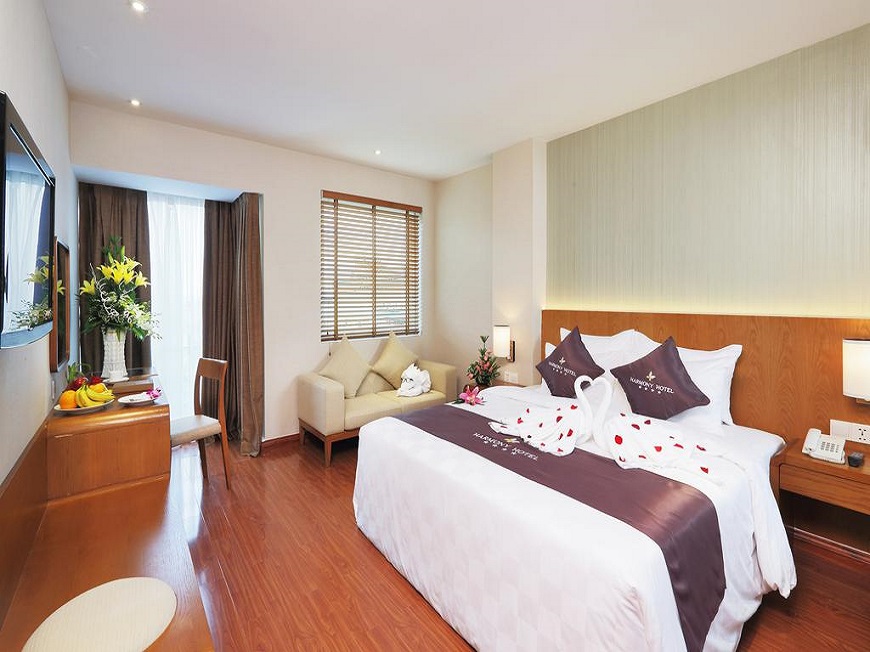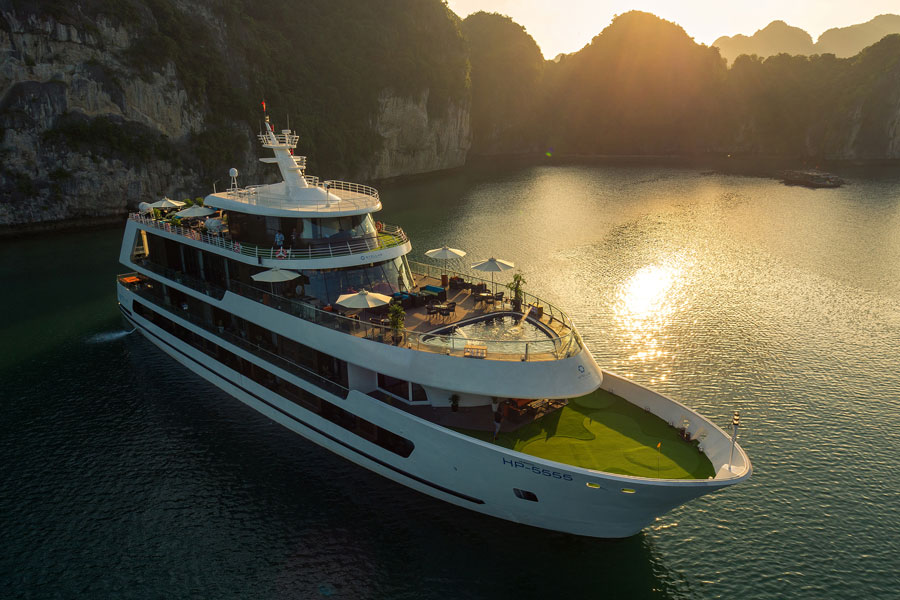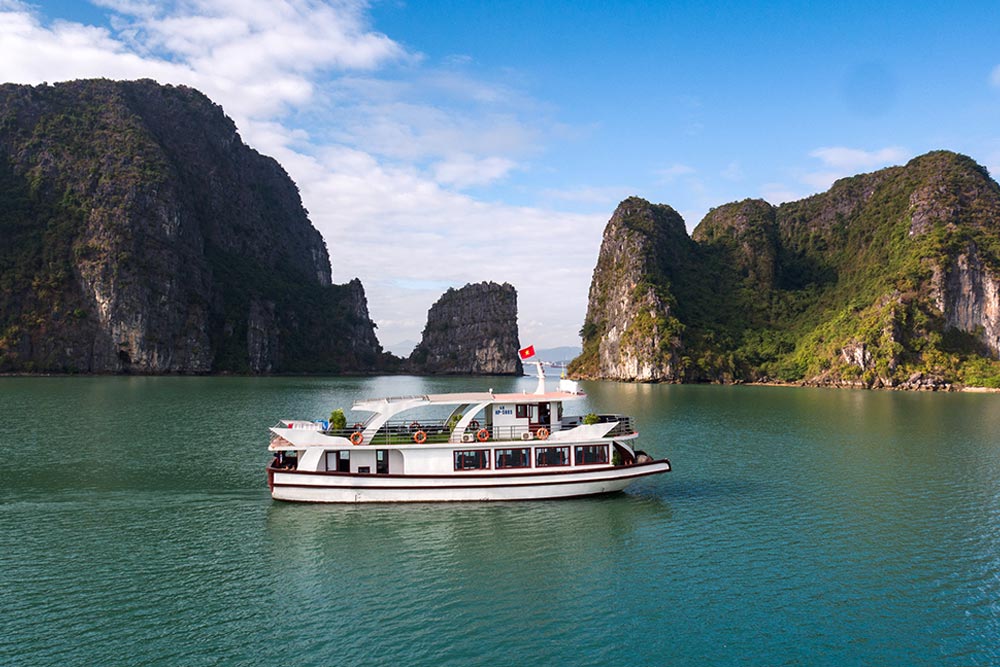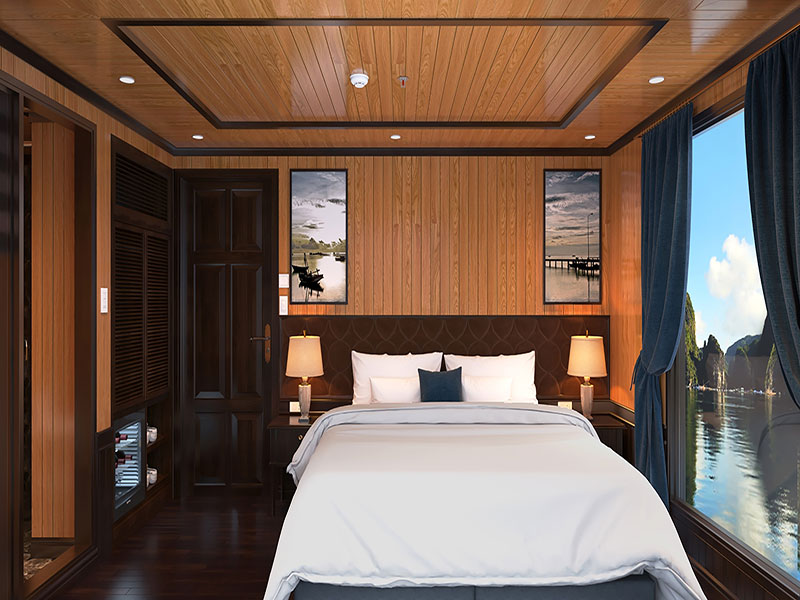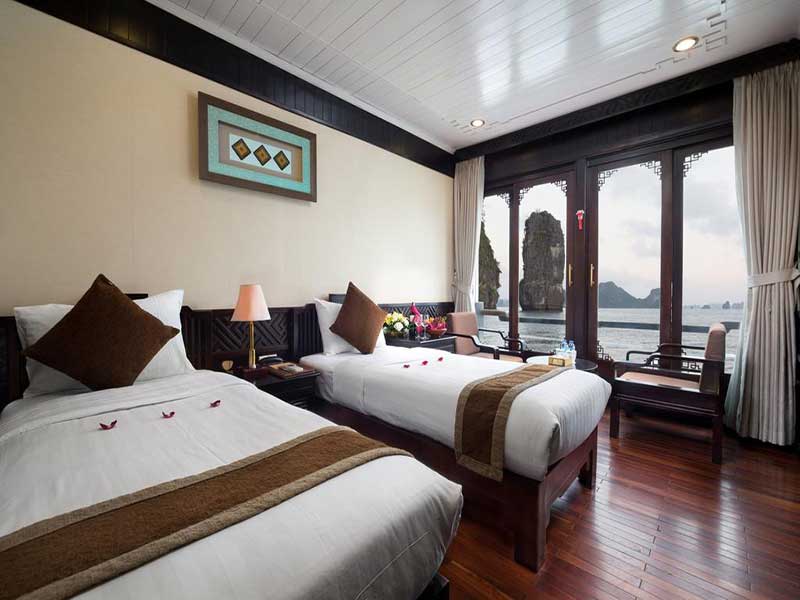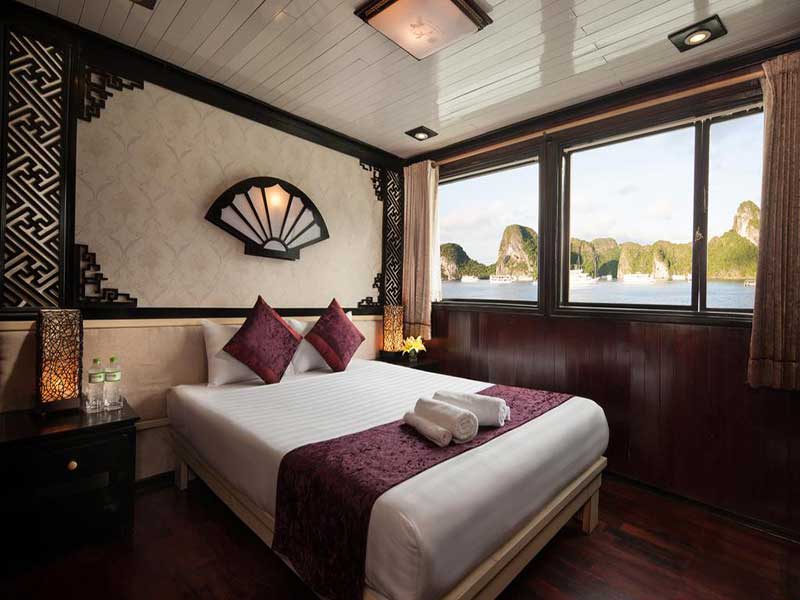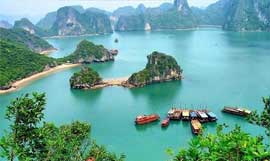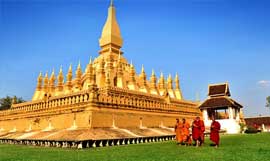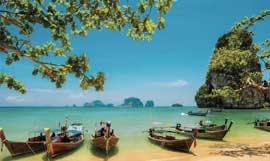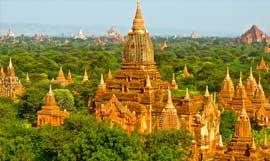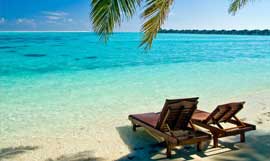Independence Palace, also known as the Reunification Palace, located in the heart of Ho Chi Minh City, at 135 Nam Ky Khoi Nghia Street, Ben Nghe Ward, District 1, Ho Chi Minh city, closely to other tourist attractions such as Notre Dame Cathedral, 30/4 Park, City Center Post Office and so on. For tourists coming to Sai Gon at least once, this journey to discover the historical and cultural value of Ho Chi Minh city is relatively not fulfilled if not coming to Independence Palace because of its lively exhibitions and activities related to the Vietnamese wars.

The first impression about the Independence Palace is its ancient architecture maintained from the French wars. The independence palace has a floor area of up to 120,000 square meters in the central area of Ho Chi Minh City limited by four main streets, namely Nam Ky Khoi Nghia in the North East, Nguyen Thi Minh Khai in the North West, Huyen Tran Cong street in the southwest, and Nguyen Du in the southeast. In addition, there are many old trees in the estate with various species planted from the French colonial period. Independence Palace is designed based on fengshui as well as Oriental architecture, creating the mysterious appearance for the palace. To the Palace of Independence, tourists will be free to learn through the panel system, and signage based on the international standards. Indeed, in order to understand more about these displays, tourists can hire the Vietnam delegates to explain more about such strange exhibitions in here. After visiting the Palace, tourists will see the documentary film, Independence Palace, witnesses the Vietnam history, for 25 minutes in the movie room.

The Independence Palace also reserves different special artifacts, relics, and images that remind tourists about the fact of the war. The reception hall is the first destination when visiting here. Especially, the banquet hall accommodates 500 people used for organizing meetings, receptions, and the launch of the cabinet, performing the important position of the Independence Palace in the war. President’s Family Residence hall is another interesting place to visit where the residence of the President’s family converges together. Also, tourists will blow their mind with the letter of the first floor with the picture of Binh Ngo Dai Cao consisting of 40 small pieces, depicting the peaceful life of Vietnamese people in the 15th century.

The basement is full of media room, printing room to ensure the issuance of President orders outside. On the roof of the Independence Palace is the UH-1 helicopter displayed by President Nguyen Van Thieu, next to the location of two bombs that pilot Nguyen Thanh Trung exploded. The Mercedes-Benz 200 W110 is one of the cars that President Nguyen Van Thieu used to move. Jeep M152A2 used by the Revolutionary Liberation Army is to transport Mr. Duong Van Minh, the last president of the Republic of Vietnam to the Saigon radio station, to read the declaration of surrender at noon on April 30, 1975. Thanks to historical factors of the artifacts such as 390 tanks, and F5E fighters, these have contributed to making Independence Palace becoming more attractive in the eyes of tourists. Also, when visiting the Independence Palace, tourists also have opportunities to admire many works of art reminding to the traditional and cultural villages of Vietnam such as the painting that depicts the countryside landscape of Vietnam by architect Ngo Viet Thu, or the oil painting shows, Thuy Kieu, Thuy Van met Kim Trong on New Year’s Day, and dozens of ancient potteries of Ming Mang Dynasty.
Let’s come to the Independence Palace once day to discover the lively evidences of Vietnamese wars!

